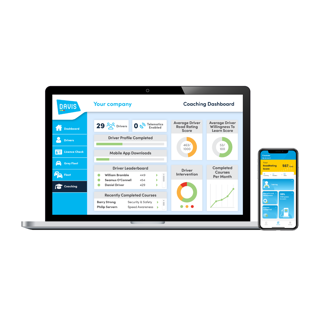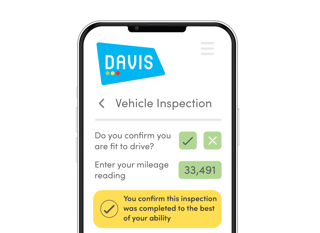According to the most recent figures from the Department for Transport, the estimated total value for all reported and unreported road accidents in 2016, was £36 billion.
Statistically, at least one third will have occurred while people were driving for work, with their employer suffering both direct and indirect costs, such as insurance excesses, administrative overheads and lost productivity.
Finding ways to mitigate this unwanted cost should be a matter of priority.
One way to do this is to identify those drivers who are most at risk of involvement in accidents and then find ways to manage this risk, to a more acceptable level.
All organisations that require or allow drivers to drive on their behalf should have a system for checking driving licence validity, entitlements and convictions.
Higher levels of penalty points, or certain types of endorsement, may justify more frequent checks and some form of targeted intervention to address the driver’s behaviour and manage the risk.
There is ample evidence to show that in many cases, this can be instrumental in changing driver culture and reducing accidents.
The problem with relying on licence checking alone is that it doesn’t address those drivers that may present a risk, but have yet to be convicted.
They will cost the business just as much if they have an accident caused by their behaviour, as drivers with points already on their licence.
The solution may well be assisted by technology. There are a number of applications that use a smartphone to monitor driver conduct behind the wheel in real time – accurately reporting harsh braking, cornering and acceleration.
This information can then be used to set averages and profiles within the organisation with a view to flagging up those deemed to be at risk.
Having flagged up the problem drivers, the next challenge is to determine the intervention required to bring them into an acceptable risk profile.
There are online training courses to help build awareness of the unwanted conduct on the part of the driver and how they can address this.
Reducing driver risk brings more benefits than just saving money. Improving driving standards at work through training helps protect colleagues and other road users.
By Richard Brown, managing director of Licence Check


















Login to comment
Comments
No comments have been made yet.